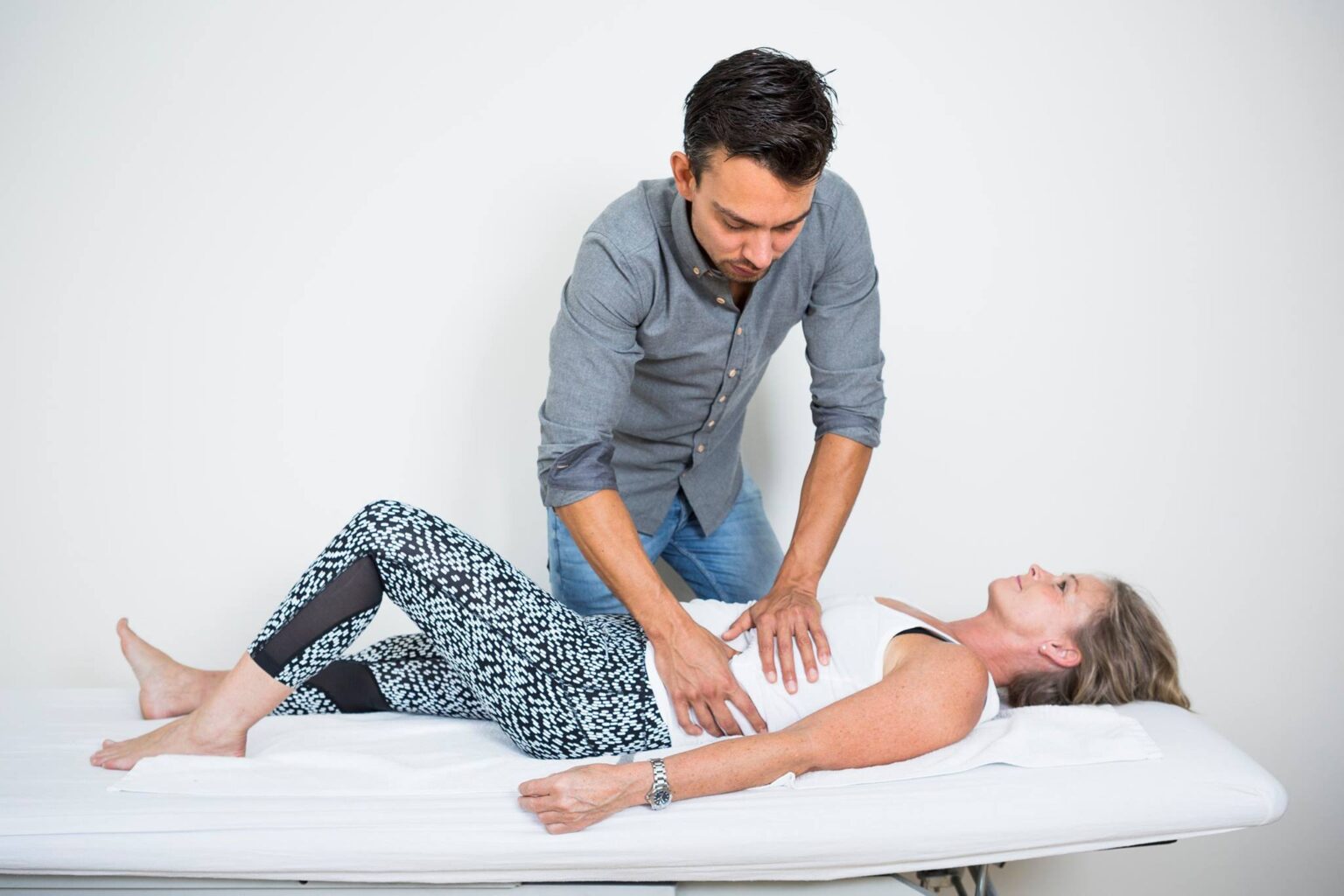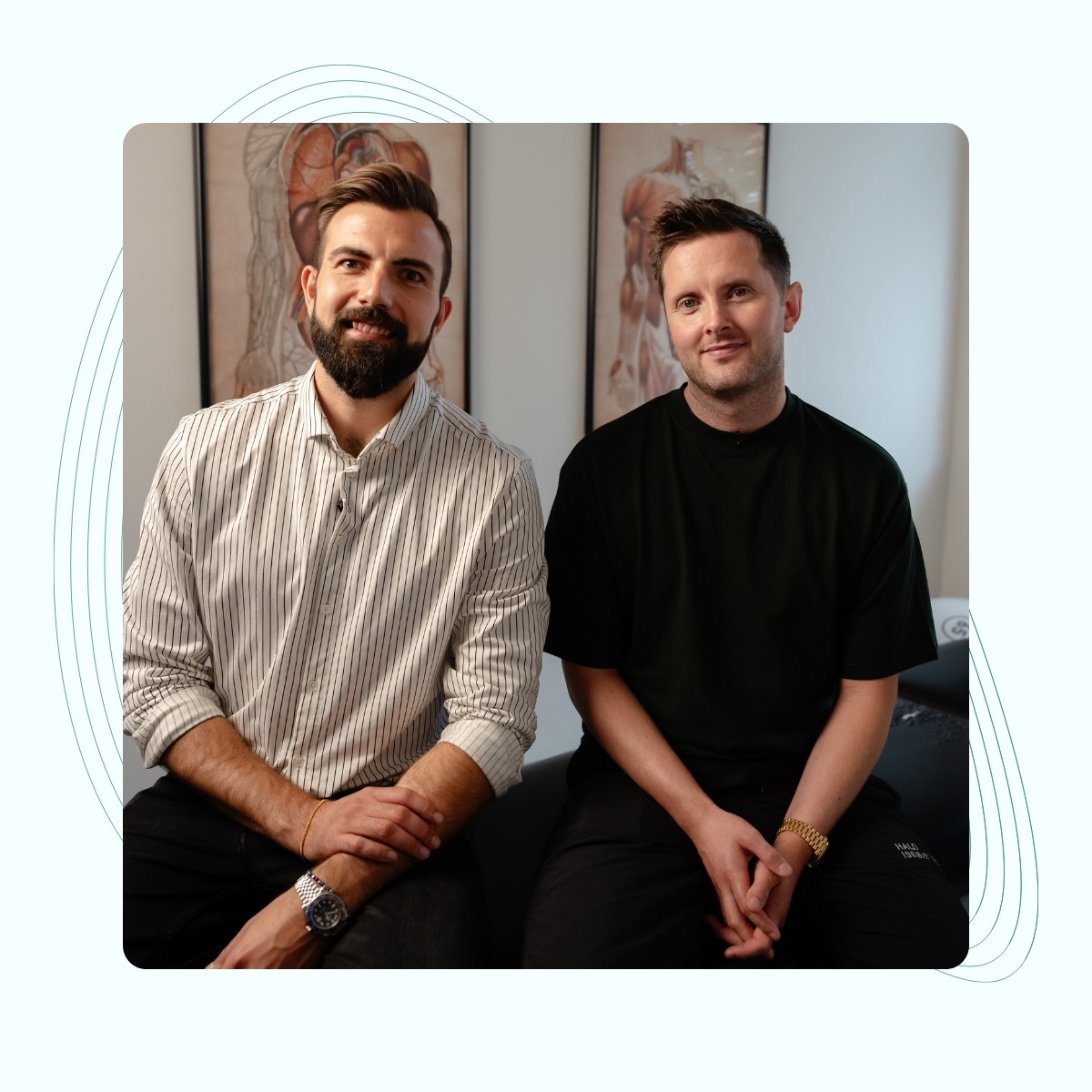We treat
Late consequences and inconveniences of cesarean section
Learn more about the long-term consequences of cesarean section and the discomfort associated with it.
Caesarean section
Many women are forced to have a caesarean section, both emergency and planned, because the birth can be dangerous for both the mother and the baby if she gives birth normally. In recent years, however, there has been a tendency for healthy women to choose a vaginal birth in favor of a caesarean section, even if there is no medical reason to perform the operation. Today, up to 22% of all births are performed by caesarean section in Denmark. In the USA, the figures are 33% and in Brazil as high as 80%. However, caesarean section is not completely without risk for mother and baby, so the procedure must always be carefully considered.
Jump to section [Vis]
Caesarean section & late delivery
Unfortunately, there are often more late effects after a cesarean section. The surgical scar often causes adhesions to surrounding organs, which can lead to major complications in the form of infections, reduced fertility and problems with subsequent pregnancies.
Neck pain and cesarean section
The peritoneum, the membrane in which the abdominal organs are located, lies on top of and covers the uterus.
The function of the peritoneum is to support the organs and to produce lubricating fluid for the mucous membranes in the organ system.
This membrane is supplied with nerve fibers that originate from the skull and neck. These nerve fibers detect if inflammation or irritation of the peritoneum occurs, as often happens after a cesarean section.
Symptoms will be neck stiffness (locking of the neck), neck stiffness, headaches and migraines.

Back pain and cesarean section
The uterus is located in the pelvis, in front of the rectum and behind the bladder. The pelvic organs are held together by connective tissue that has its attachment all the way around the pelvic ring and in the lower back. During activities such as walking and running, the pelvic organs move in sync with the movement of the pelvic bone and sacrum.
The scar tissue in the pelvis leads to reduced mobility of the pelvic organs which will affect the pelvic joints (SI joints) and the lower back. The nerve supply to and from the pelvic organs is also related to the pelvic joints and the upper vertebrae.
Problems in the uterus, ovaries, bladder and rectum will inform the spine and then the brain about the situation.
Pelvic and back discomfort is often experienced as locking (holding in the back), stiffness in the back, pelvic and back pain, sciatica pain, pain in the groin and buttocks, etc.
Bad posture and cesarean section
When a cesarean section is performed, the doctor cuts through skin, muscles and connective tissue. The connective tissue around the uterus is continuous with the connective tissue over the abdominal muscles, ribs, chest muscles and neck.
The scar tissue in the pelvis can be compared to when a hole appears in a piece of clothing. When the hole is sewn together, a fold or a cavity is created, which leads to poorer mobility of the connective tissue. The consequences will often occur when mothers breastfeed, that the shoulders fall forward, pain in the neck/shoulders and pain between the shoulder blades.
The baby and the cesarean section
When the baby is delivered by cesarean section, especially in emergency cases, the baby does not have access to bacteria in the woman’s vagina.
These bacteria play an important role in the baby’s immune system. Recent studies show that children born by cesarean section have a higher risk of developing asthma, respiratory problems and diabetes. However, this is a small percentage of children who develop these conditions.
It is often a good idea to supplement breast milk with lactic acid bacteria to strengthen the child’s intestinal flora and immune system.

Osteopathic approach to discomfort after cesarean section
We are experts in finding after-effects from a cesarean section to eliminate back pain, pelvic pain, neck pain and headaches/migraines. We examine and treat all systems in the body which can often help prevent discomfort in subsequent pregnancies and working life.
Preventing discomfort after cesarean section
-
- Check if the scar is healing properly (without folds and holes)
- If necessary, apply a cream to the scar tissue to prevent scarring.
- Stretch the scar tissue once the wound has healed (4-6 weeks)
- Contact experts in pregnancy disorders if necessary.

Often related pain

Ovarian surgery
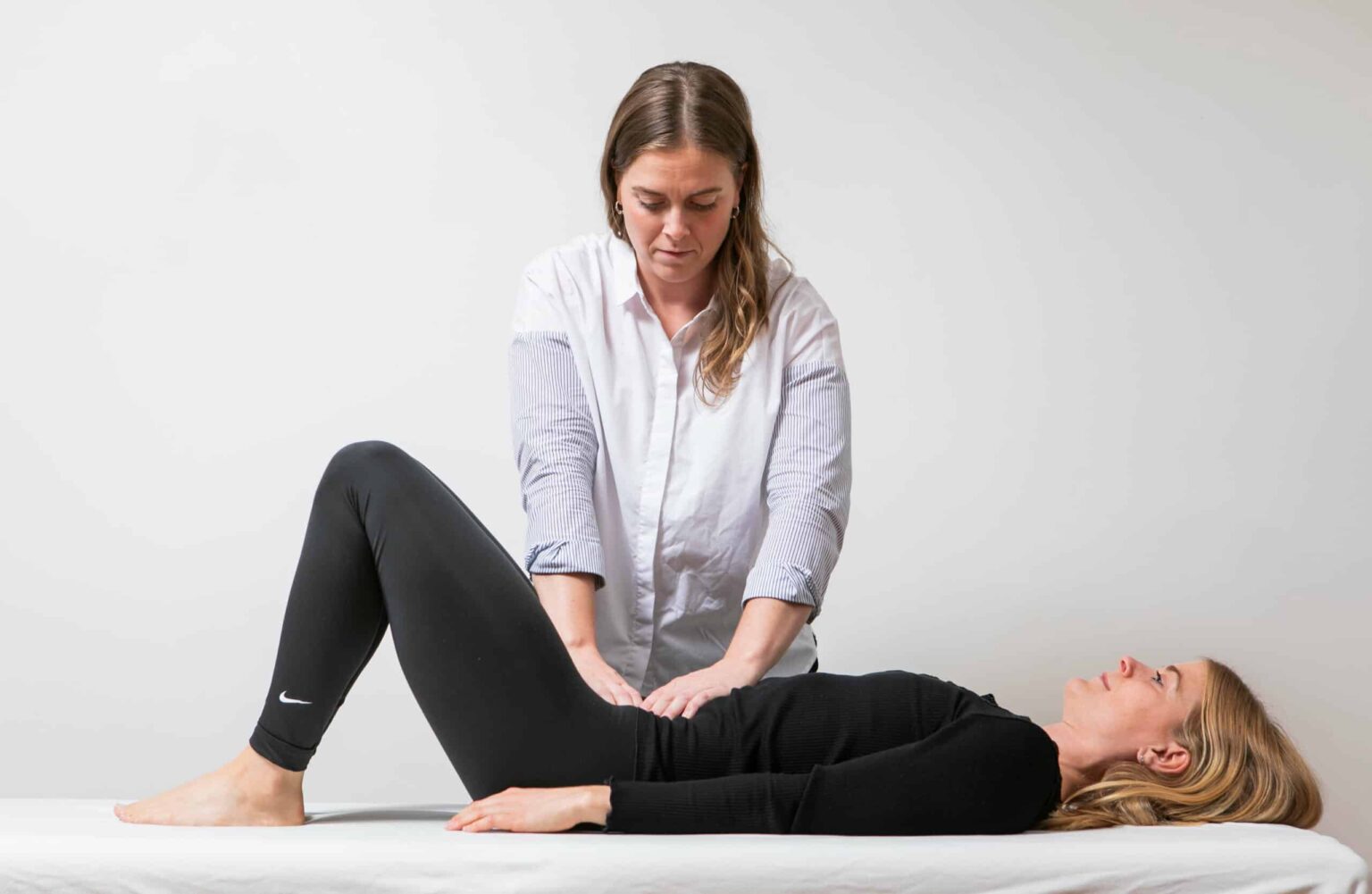
Hysterectomy
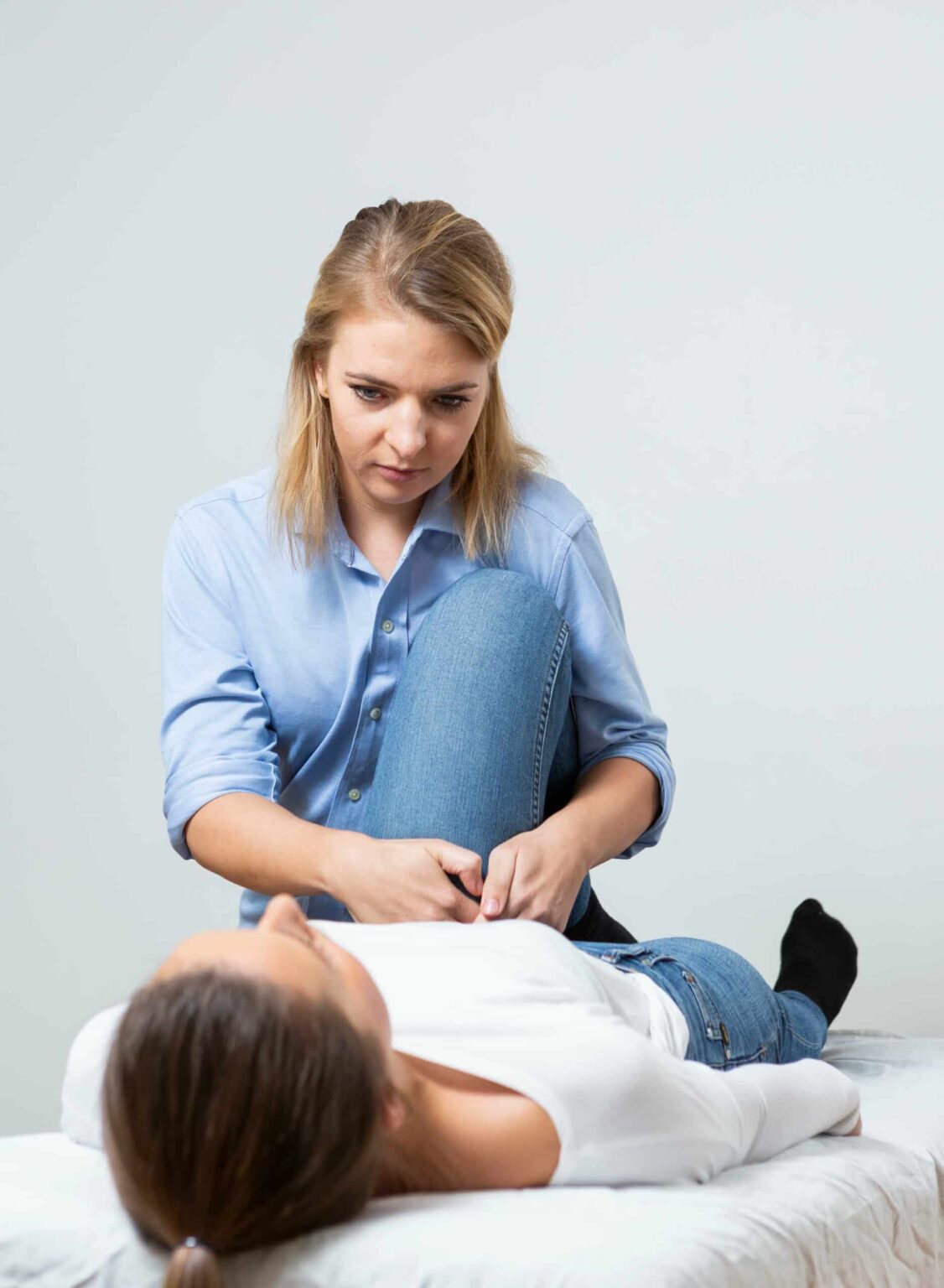
Endometriosis
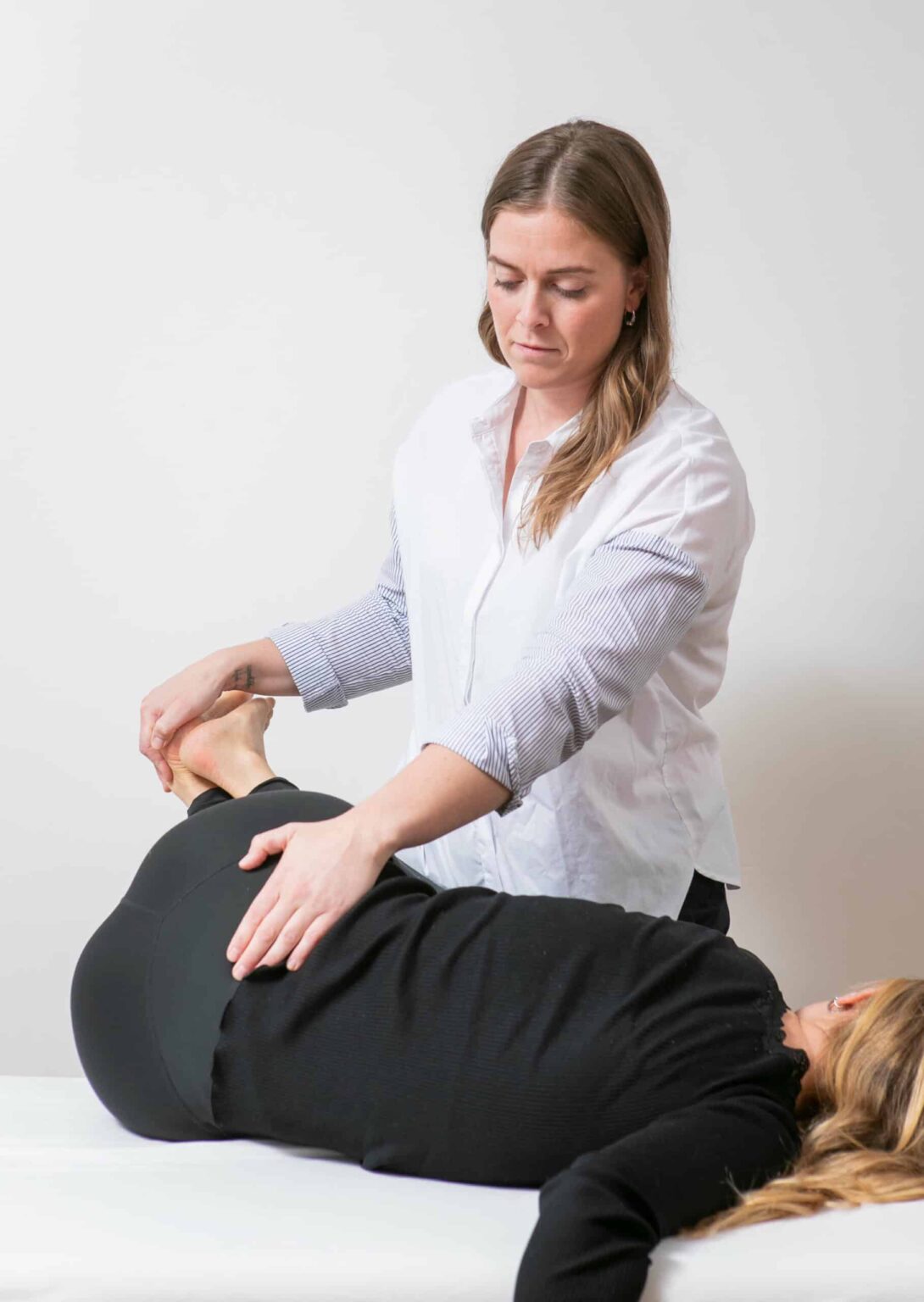
Pelvic pain
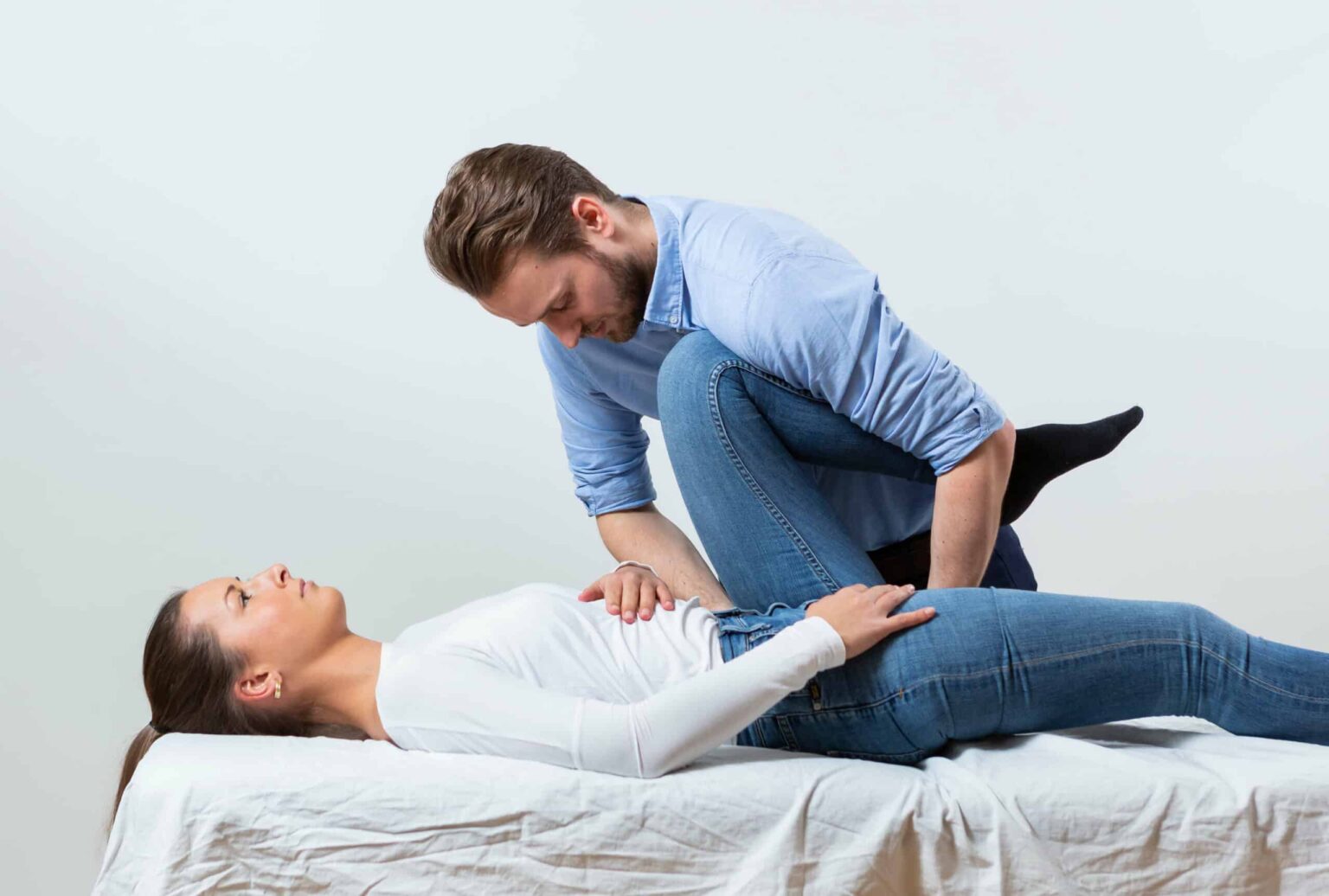
Menstrual pain
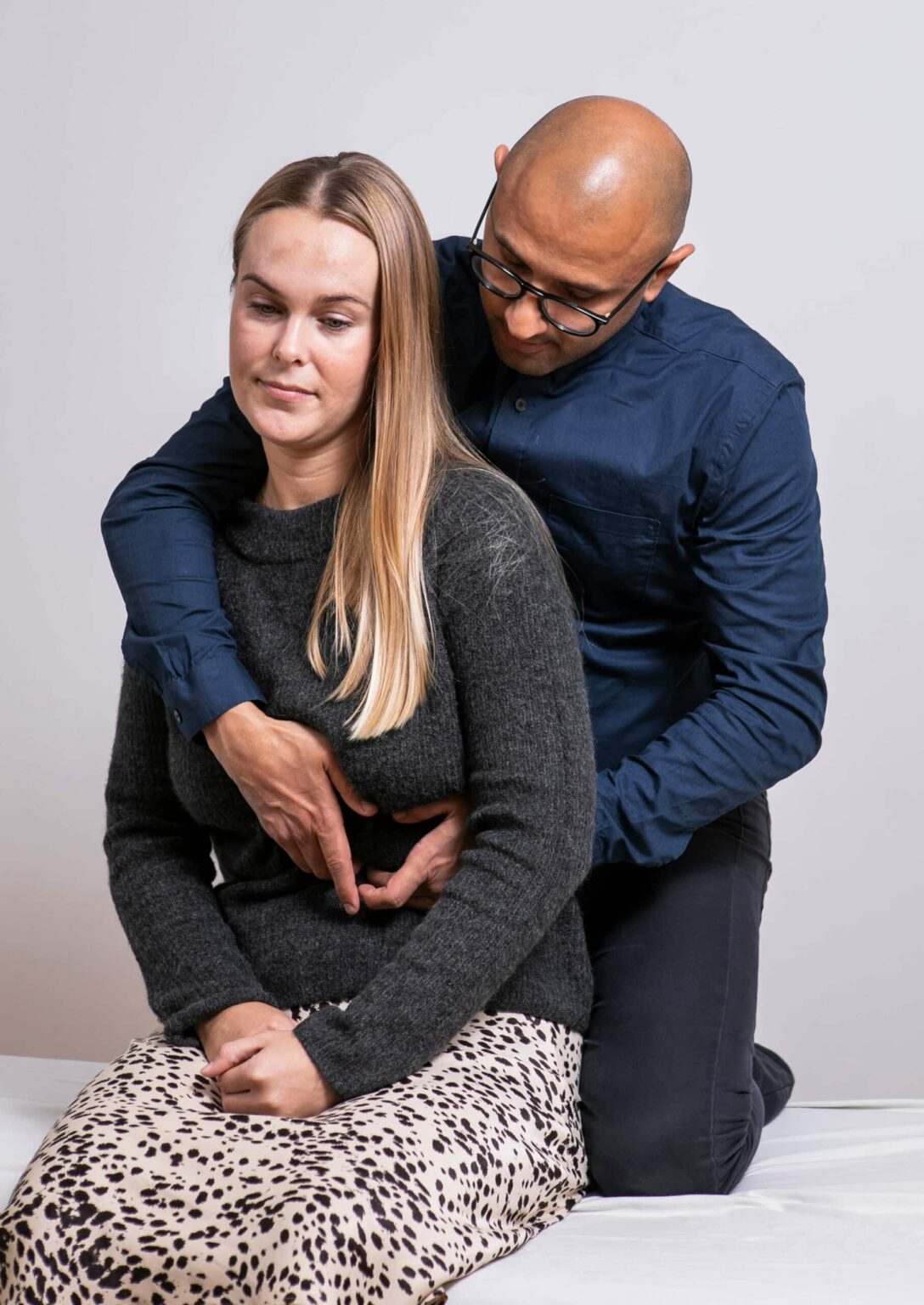
PMS
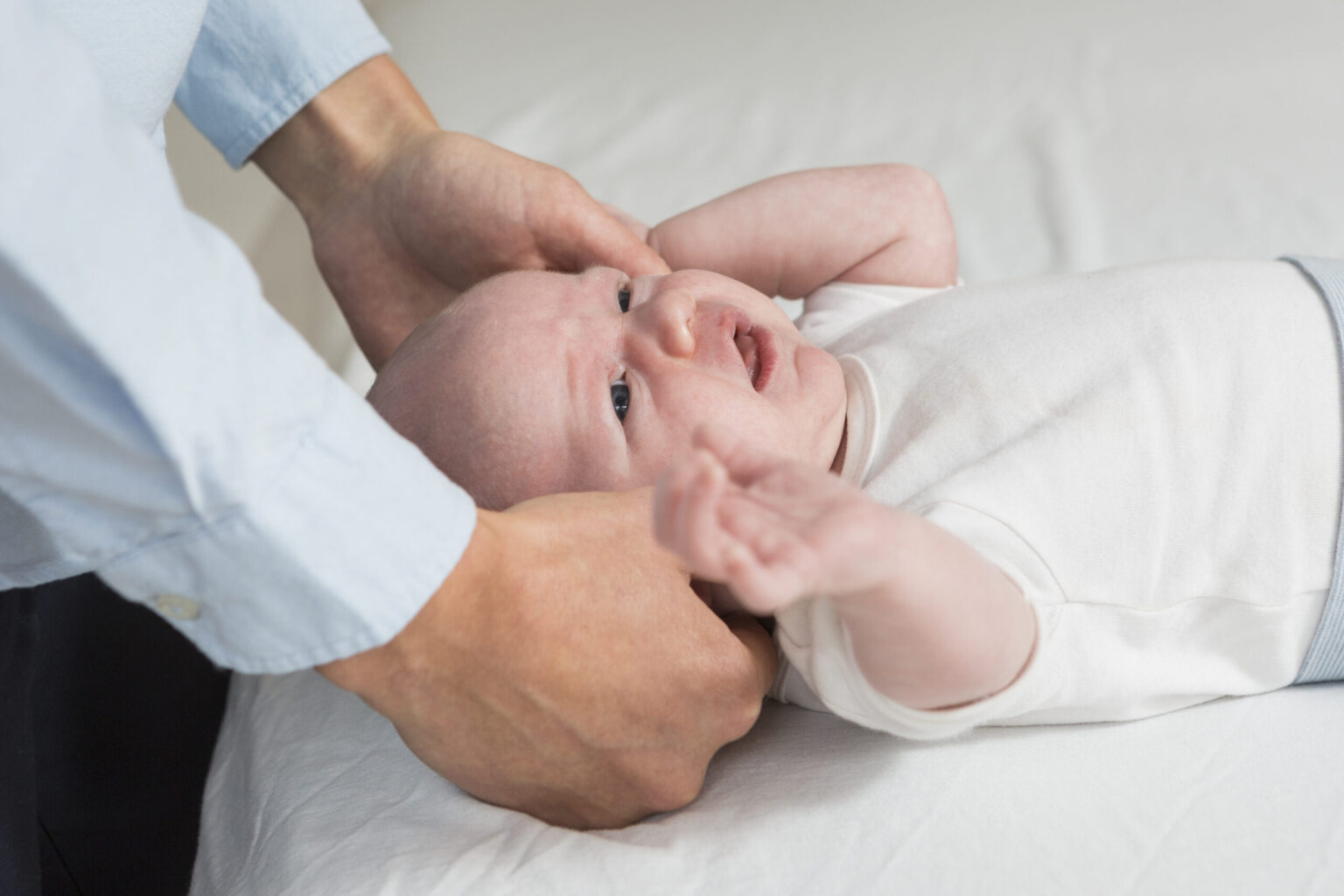
Involuntary infertility
